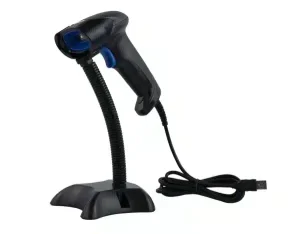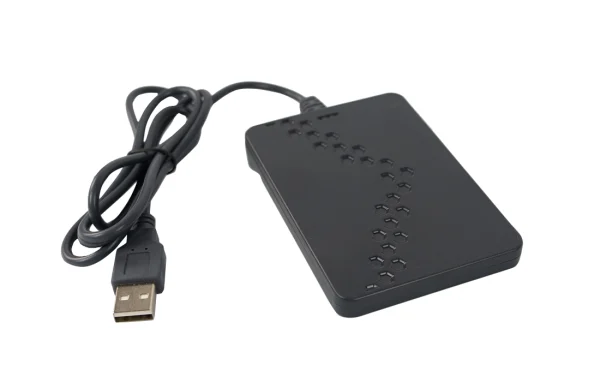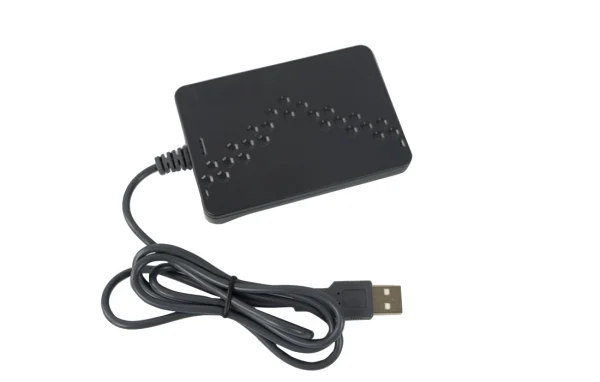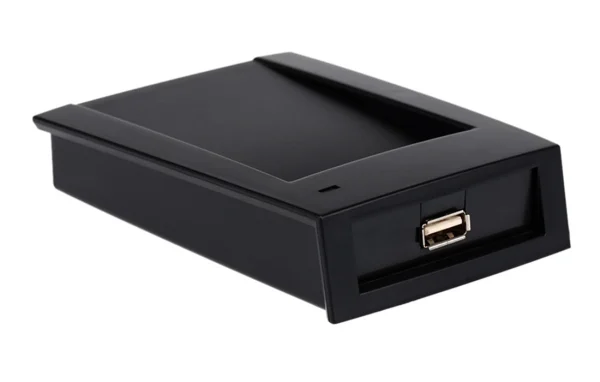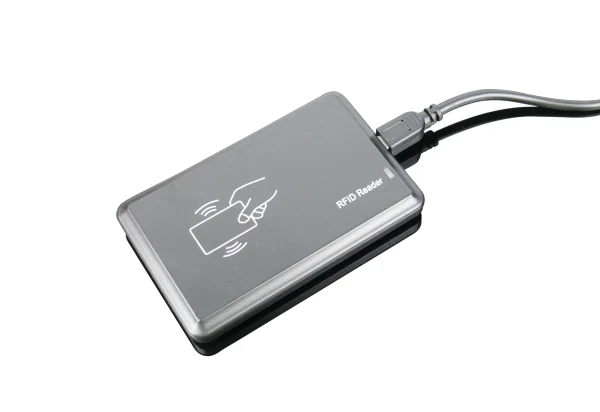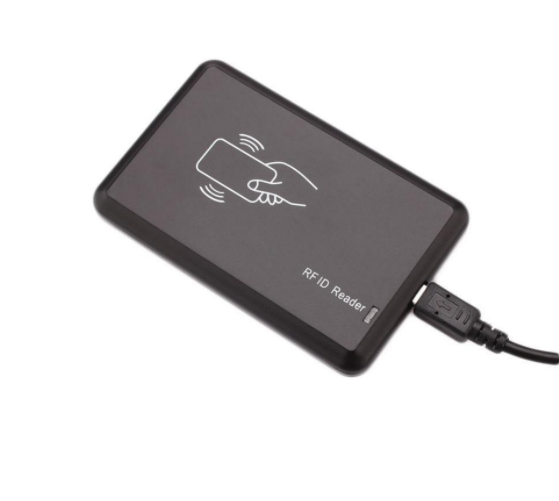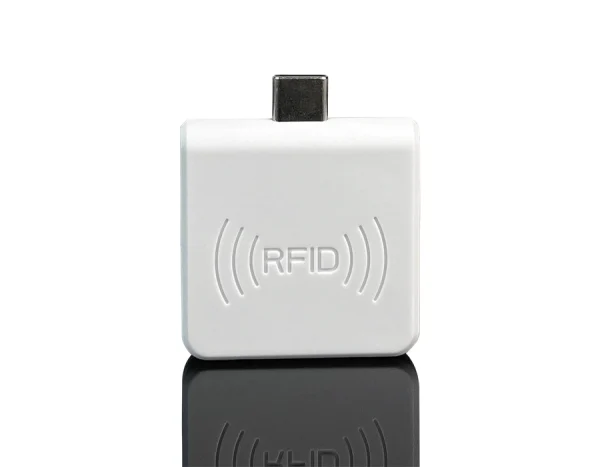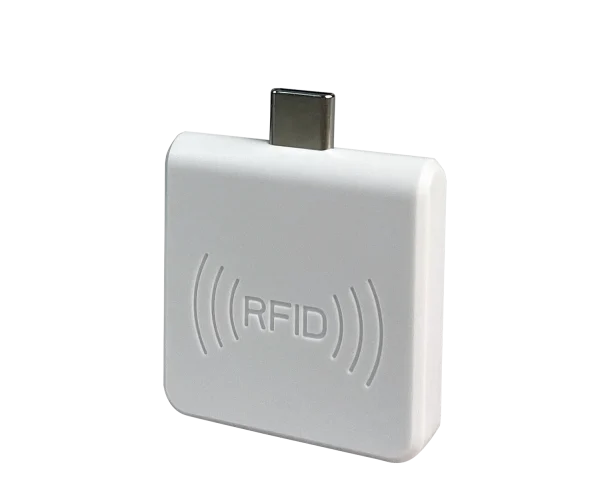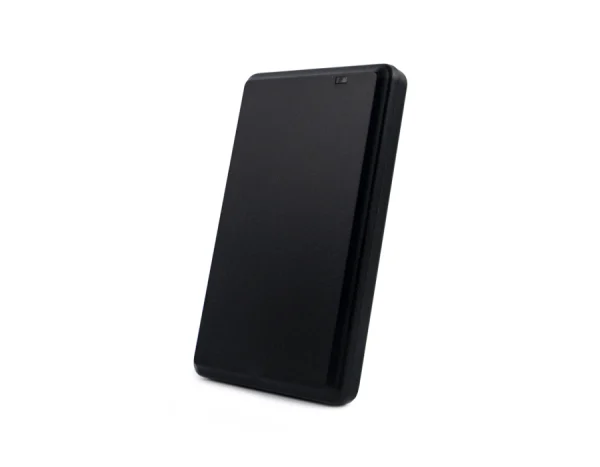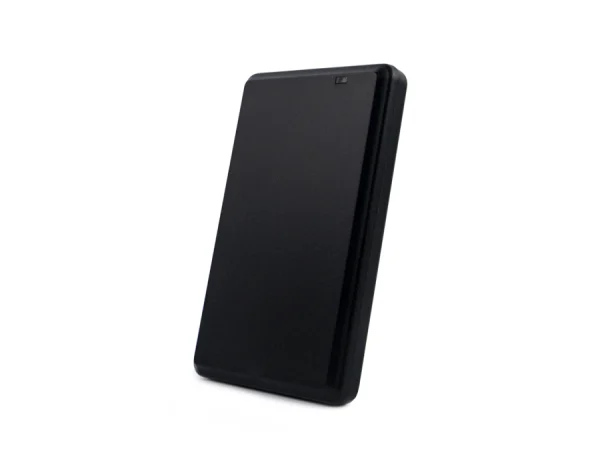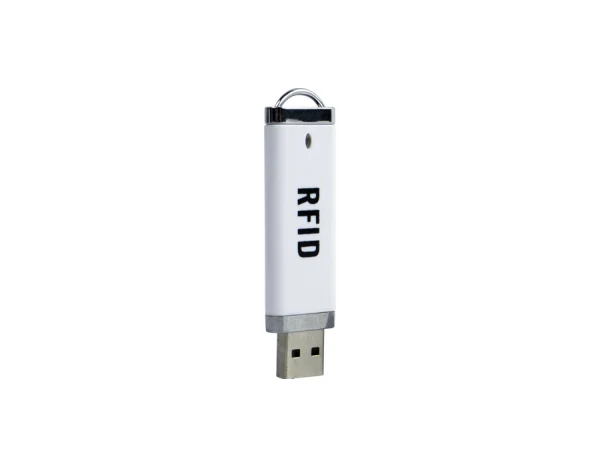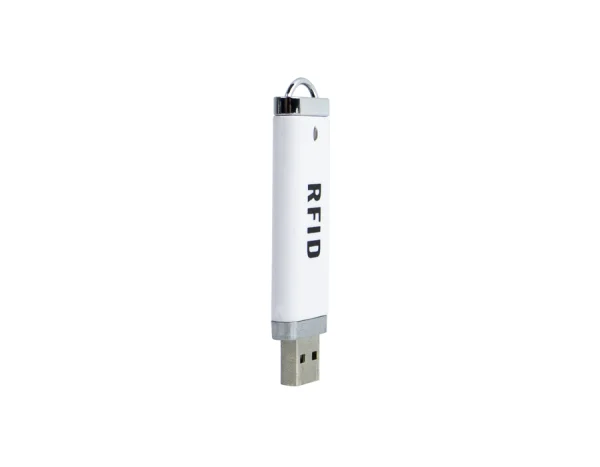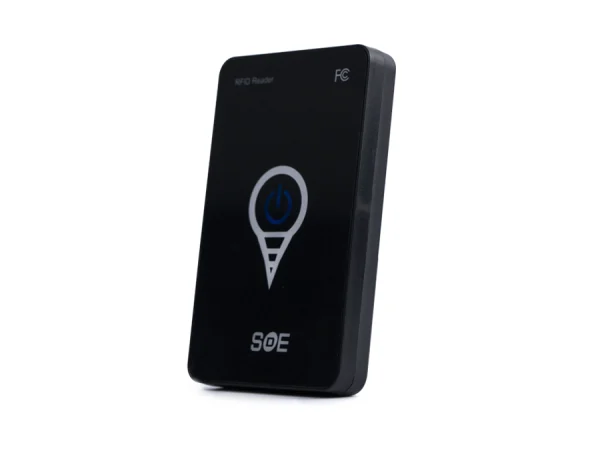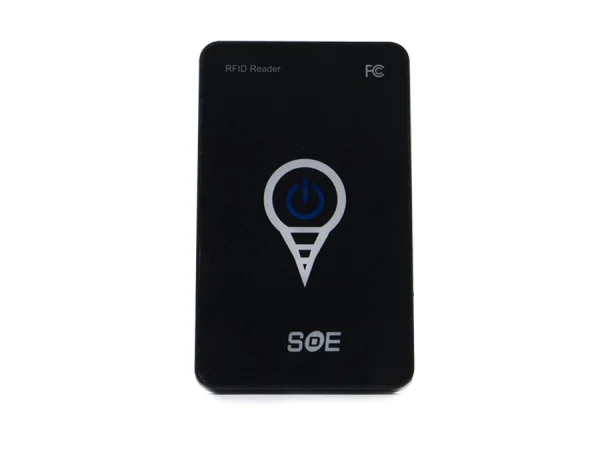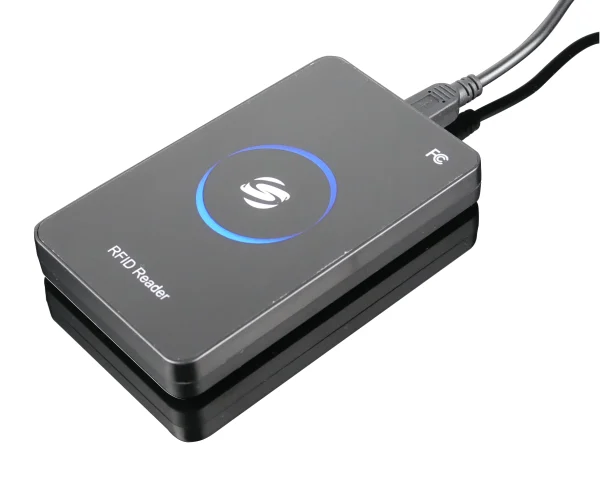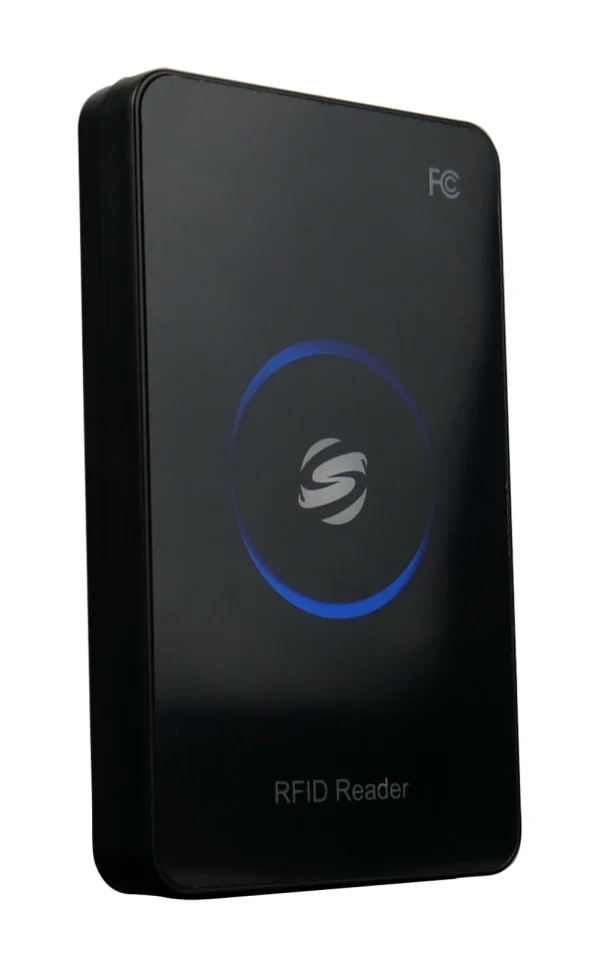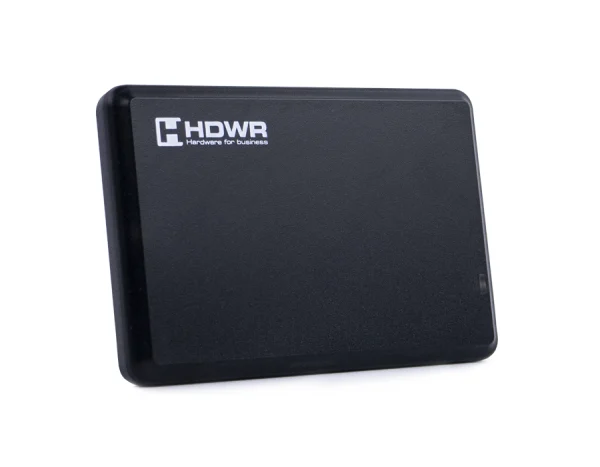Subtotal: €112.57
RFID readers
RFID readers allow the reading of the stored character string in a selected tag when it is brought close to the signal source. This enables quick and convenient control of the flow of goods or people within an enterprise. Thanks to keyboard emulation by simple devices powered via USB wiring, they can transmit the read data to any text field.
Clear Filters
Clear Filters
Položka přidána do košíku Prohlédnout košík Překontrolovat
RFID RFID 125 kHz readers RFID 13.56 MHz readers RFID copiers RFID cards RFID 125 kHz cards RFID 13,56 MHz cards RFID key fobs RFID 125 kHz key fobs RFID 13.56 MHz key fobs RFID stickers RFID tags RFID tags 865-868 MHz RFID tags 840-960 MHz RFID tags 840-940 MHz RFID tags 13,56 MHz
RFID Readers: A Revolution in Identification Technology
RFID readers (Radio Frequency Identification) are key devices in RFID technology, enabling contactless reading of data from RFID tags attached to various objects. These devices operate by using radio waves to communicate with RFID tags, allowing for quick and efficient data collection without the need for physical visibility of the tag. RFID readers are used in many industries, from logistics to asset management, making them extremely versatile tools. ![RFID time recorder and key fob.]()
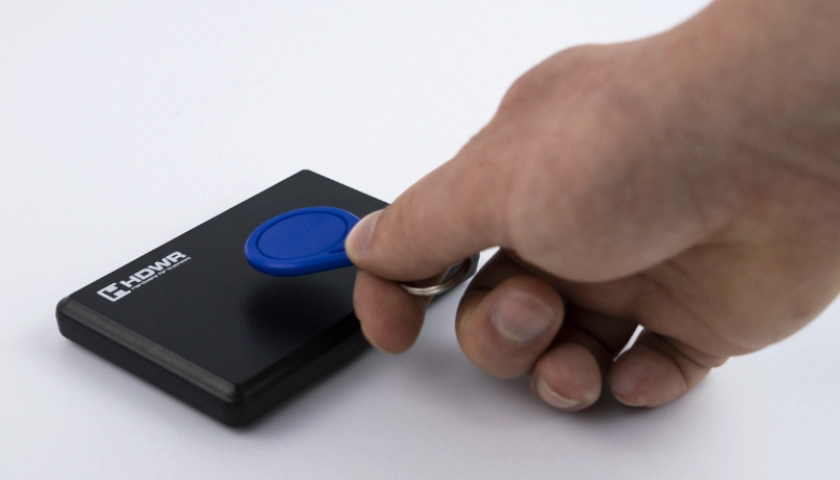
Key Functions of RFID Readers:
- Data Collection: RFID readers scan tags, which can be either passive (powered by the reader) or active (with their own power source), enabling automatic data collection from long distances without human interaction.
- Versatility of Applications: From inventory management in warehouses, through access control, to tracking the movement of patients and equipment in medical facilities—RFID readers adapt to a wide range of applications.
- Operational Efficiency: Automating the data collection process significantly speeds up many operations, minimizes the risk of human error, and improves overall operational efficiency.
- Enhanced Security: In the context of access control, RFID readers provide a high level of security by restricting access to authorized individuals and monitoring entries and exits in real-time.
